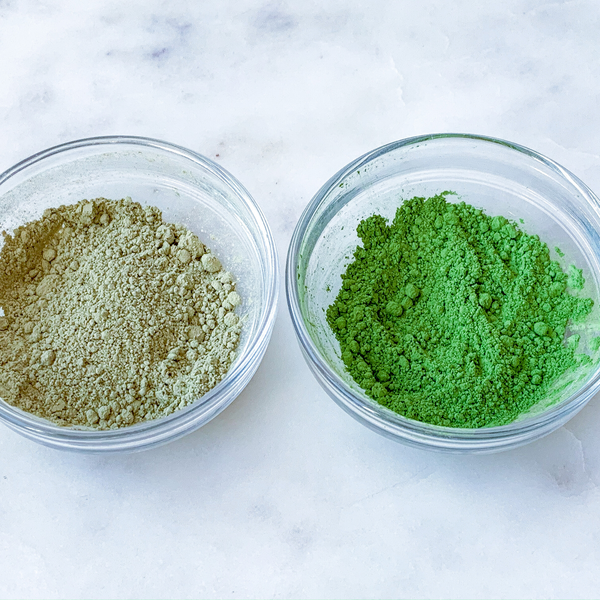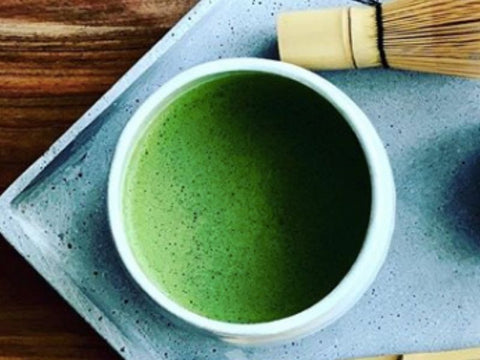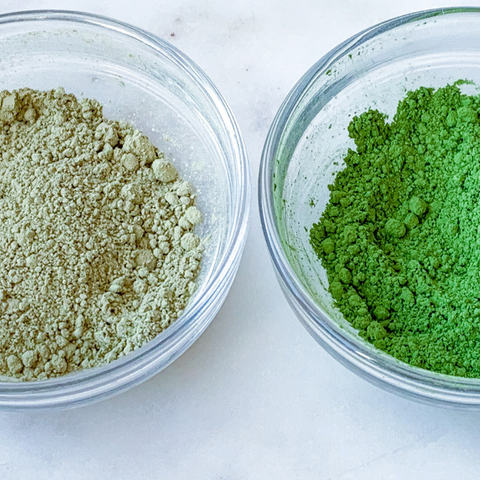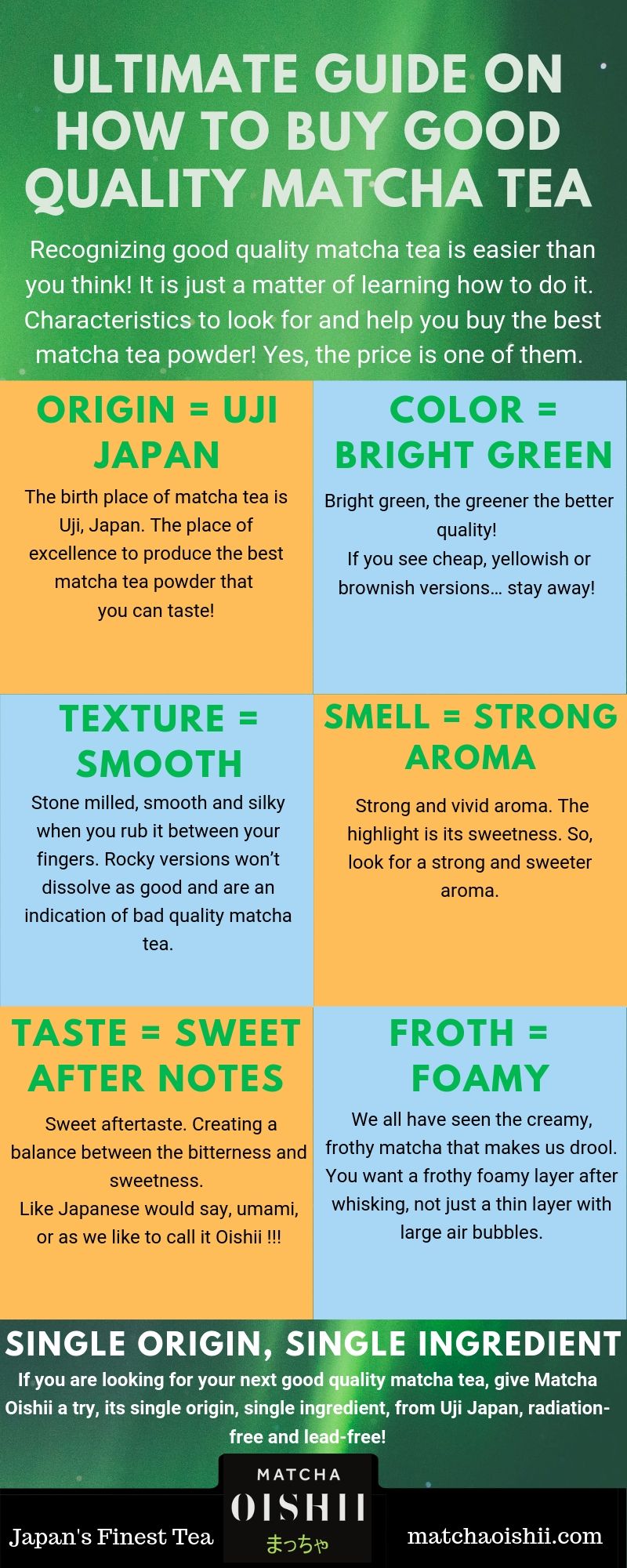How to Buy Good Quality Matcha Green Tea
Recognizing good quality matcha tea is easier than you think! It is just a matter of learning how to do it. That is why we have compiled this 9 tip guide on how to buy good quality matcha green tea, to help you buy the best matcha tea powder.
Recognizing good quality matcha tea was one of the things that overwhelmed me the most when buying matcha tea, like a matcha green tea consumer I did not know how to recognize good quality matcha tea and was often confused with so many options!
Sometimes I even encountered flavored matcha or even worst, matcha with fillers such as sugar or powdered milk. If you identify yourself with this struggle, hang in there! Learning how to recognize good quality matcha tea is very easy and here are the tips on how you can buy the best matcha tea powder from now on.

How to recognize good quality matcha green tea
The matcha fever has hit hard, that is why many establishments offer matcha nowadays. However, not all matcha tea is created equal. The processing, the origin, the packaging, are just a few of the factors that will determine the quality of matcha tea. Here is what you should look for when you buy Matcha.
7 tips to buy the best Matcha powder:
1. Origin of matcha green tea powder = Uji, Japan

The most important characteristic of good quality matcha green tea is its origin, where does the matcha come from? Is it from one place only - single-origin matcha, or different places? Where is the matcha tea farm located?
Once, when I was a matcha amateur consumer I was sure I was getting the best matcha green tea powder ever, I felt like I had just discovered the crème de la crème, and guess what? When I got the poorly sealed bag, I realized that what I thought was authentic Japanese matcha, was actually from Korea! I felt so disappointed… Authentic matcha must always, always and always be from Japan, as this is where the Japanese tea ceremony was invented in the 16th Century. Even if Korea, China or Taiwan can grow and process matcha it will never achieve the quality of Japanese matcha tea.
But, hang on… does that mean that all regions in Japan are fine? Well, no… Japan is a very diverse territory, so not all of its soil nor geographical conditions allow for the best matcha powder to be produced. Actually, the birthplace of matcha tea is Uji, very close to Kyoto. The geographical conditions of Uji, its rich-nutrient soil, its altitude, just to mention a few, make Uji the place of excellence to produce the best matcha tea powder that you can taste!
It is like having Champagne that is not from Champagne... Uji Matcha has a special terroir and it's the true birthplace of Matcha.
So, the next time you buy good quality matcha tea, make sure it is sourced from Uji, Japan!
2. Color = bright green

Good quality matcha tea should always have a bright green color, so literally, the greener the better quality! That has to do because of the shading conditions of the plant and the harvest and location of the leaf in the plant. The first harvest, the top part of the plant, and tana shaded are always good quality matcha. If you see yellowish or brownish versions… stay away! That means that they have not been properly shaded. That is why they didn't become green. It also shows that they are not the first harvest, but more likely autumn or even winter harvest. So, this matcha will taste extremely bitter. Matcha should never be brown or light green.
3. Texture of matcha green tea powder = smooth and silky

The best matcha tea powder will be always stone milled, so good quality matcha tea needs to be smooth and silky when you rub it between your fingers. You can do the “paper test” grabbing a pinch of matcha tea and smearing it onto a piece of white paper if it leaves a long, clean line that means it is good quality. Rocky versions won’t dissolve as good and are an indication of bad quality matcha tea. This is also the result of being leaves that are lower in the plant, and therefore thicker.
Why does the texture matter? You want a good quality matcha that is smooth and dissolves quickly, so you do not have lumps on your tea.
4. Smell = strong aroma
Just like wine, the smell will indicate if the matcha you are buying is good quality matcha tea or not. A high-grade matcha tea draws you in with its strong and vivid aroma. You must get the bitterness of the antioxidants but what must be the highlight is its sweetness, given by the amino acids in its shading process. So, look for a strong and sweeter aroma. And, definitely stay away if you see a flavored version.
5. Taste = sweet aftertaste
If you only taste bitterness, then that means that it is not your good quality matcha tea. The best matcha tea powder is the one that will leave a sweet aftertaste. Creating a balance between the bitterness and sweetness is what a good quality matcha tea is capable of doing. Like Japanese would say, umami, or as we like to call it Oishii !!! The sweet after taste comes from the amino acids that build up in the green tea leaves when matcha is properly shaded. If it tastes bitter, it's definitely not your cup of tea...
6. Froth = look for the bubbles
We all have seen the creamy, frothy matcha that makes us drool. That is what you want your good quality matcha tea to have! The best matcha tea powder will have an excellent frothy foamy layer after whisking, not just a thin layer with large air bubbles. The better the quality of the matcha, the more foam it will create.

7. Packaging = airtight and in a can or resalable bag
Good quality matcha tea should always be packaged and sealed correctly. Especially, in a dark container. This, to prevent air, light, and extreme temperatures. These conditions could damage the tea profile, making it bitter and opaquing its unique flavor. So, always look for airtight cans or resalable bags that are opaque, and store your matcha tea in a dry and dark place to keep its freshness. Preferably, packaged from the origin, Uji, Japan.

8. Price
Ever heard of the saying “if you pay peanuts you get monkeys”? Well, that applies to matcha too! So if you see a 100gr of matcha for 7.50, be assured that is NOT good quality matcha tea.
9. Pure and Single Origin
Make sure you know where you get the matcha tea from. Lead, radiation and even multiple origin leaves are often a concern in the matcha world. So always look for pure, radiation-free and lead-free matcha tea from a single origin.

Hopefully, you now have a good idea of how to choose your next matcha tea! Matcha Oishii offers Premium Organic Grade Matcha straight from a family-owned farm in Uji, Japan.
We personally know the family for over 15 years, and have been to the farm to verify the processing and quality of the matcha tea. We source directly, and exclusively to Europe and the Americas.
If you are looking for your next good quality matcha tea, give Matcha Oishii a try, it's single origin, single ingredient, from Uji Japan, radiation-free and lead-free!

